
Subscribe to our free
💌 Stay ahead with AI and receive:
✅ Access our Free Community and join 400K+ professionals learning AI
✅ 35% Discount for ChatNode
.png)

Context Engineering Is the Future
The Big Reveal
Everyone talks about prompts. Some talk about models. Almost no one talks about context, yet context is what determines whether AI acts like a distracted intern or a disciplined colleague.
Why It Matters
AI does not usually fail because the model is weak. It fails because the context is sloppy. Instructions are vague. Examples are missing. Tools are disconnected. Memory is brittle. Context engineering fixes this. For anyone running AI in real workflows, it is the difference between useful output and daily fire drills.
The Core Idea
Context is the operating system for LLMs. You are not just prompting the model. You are shaping the environment it works inside. Structured context is what turns raw horsepower into reliable execution.
Key Elements That Change the Game
Instructions
You set the rules. Give the AI a role, a clear objective, and constraints. “Summarize this report in 3 bullets” works. “Make this better” does not. If you skip the rules, the model invents them. That is when you get drift and hallucinations.
Examples
AI learns by copying. One good example gives it a template. Several examples let it generalize. Negative examples show what to avoid. Example:
- Bad: “Write in a casual style.”
- Good: “Write in a casual style. Example: ‘We cut costs by half. It hurt, but it worked.’”
Knowledge
The model does not know your company or your customers until you tell it. Drop in policy docs, product manuals, or market research. Without knowledge, you get bland answers. With knowledge, you get responses that sound like they came from your own team.
Memory
Short-term memory keeps the thread inside a single chat. Long-term memory recalls what you asked last week or the preferences you set last month. Without memory, every conversation resets. With memory, the system starts to feel like a colleague who remembers.
Tools and Tool Results
Tools give the AI reach. APIs, plug-ins, and connectors let it act. The results matter as much as the tools. A capable system can pull from Google Drive, check HubSpot, look at your calendar, and feed all that back into context before it responds.
Every role in the context window matters.
- System: setup instructions
- User: the request or task
- Tool: context from external calls
- Assistant: the model’s replies
Here is a simple sequence:
- System: “You are a sales analyst.”
- User: “Compare Q2 revenue to Q1.”
- Tool: “Hubspot”
- Assistant: “Revenue increased from $2.1M in Q1 to $2.8M in Q2, a 33 per cent rise.”
If one role is missing or unclear, the flow breaks.
The Takeaway
Prompts get you started. Context engineering scales you. It is the discipline that turns clever demos into dependable systems.
If your AI sometimes nails the task and sometimes produces nonsense, the issue is not the model. The issue is the environment you built around it.
The next leap in AI will not come from bigger models. It will come from sharper context.
About
Linked Agency is the LinkedIn growth partner for brands and founders who want more than just likes - they want impact.

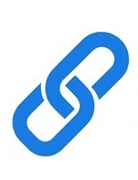
Recommended
.png)


.svg)




.svg)





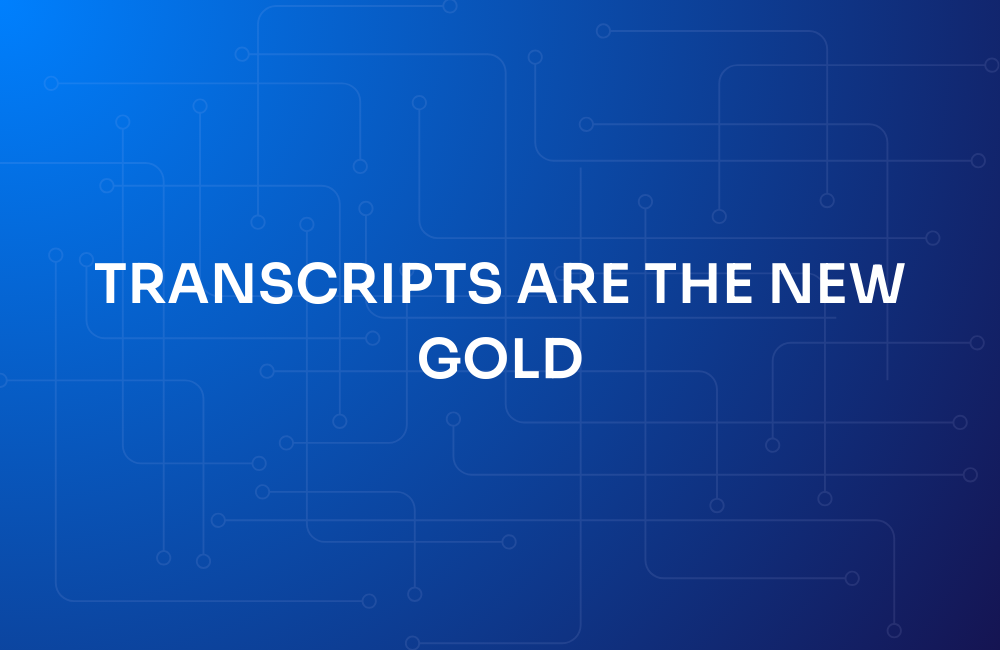
.png)
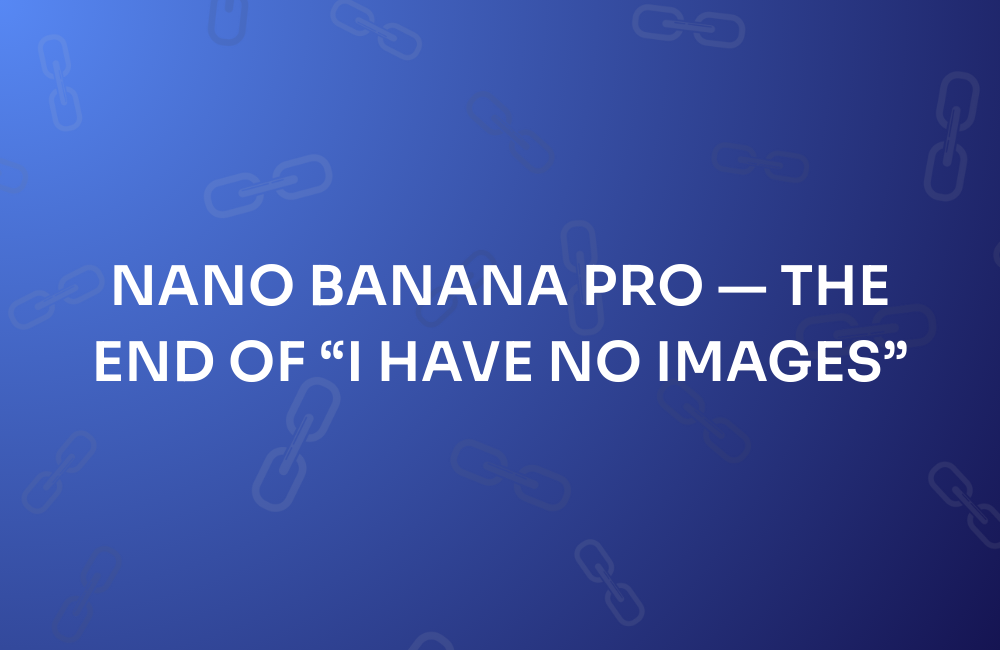





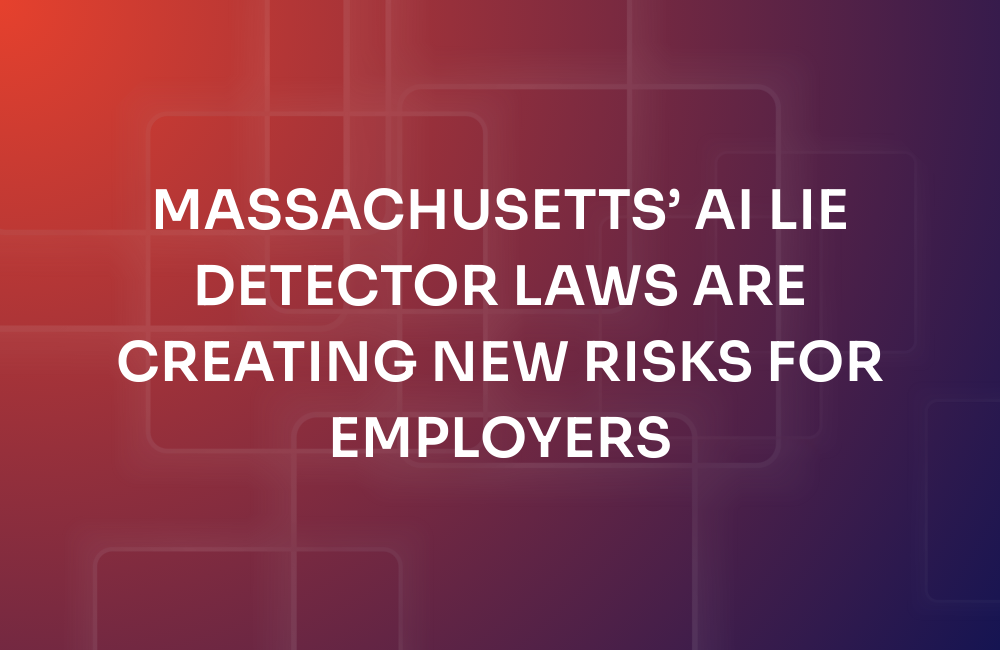
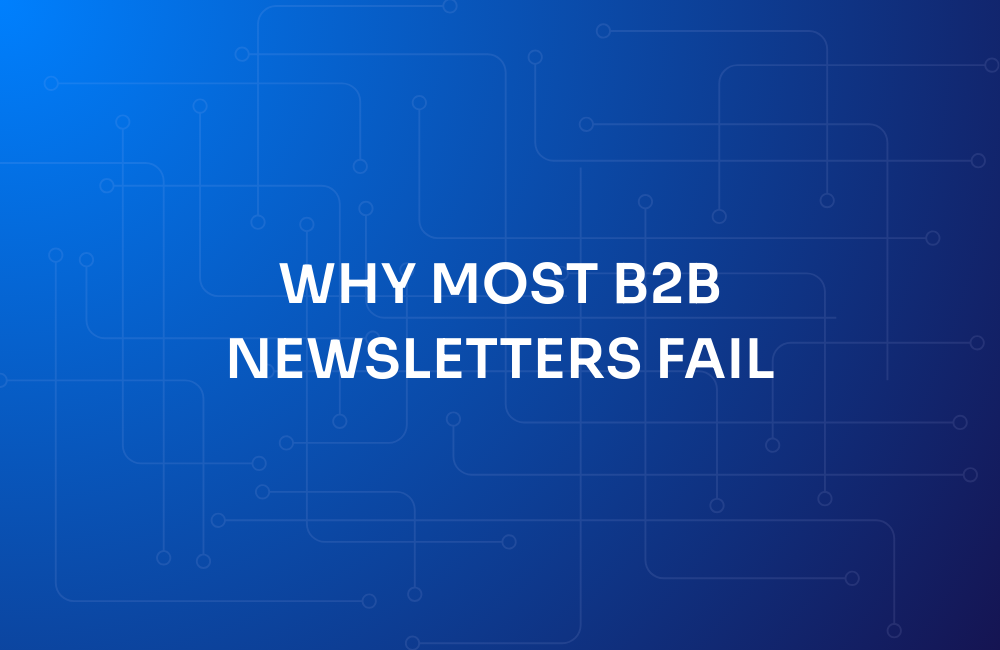

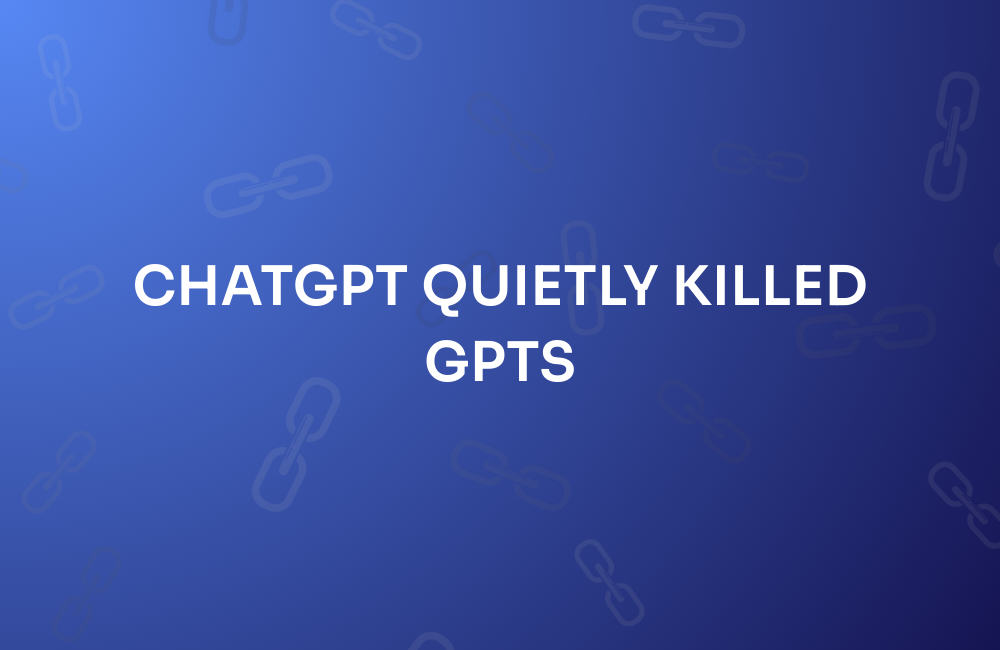


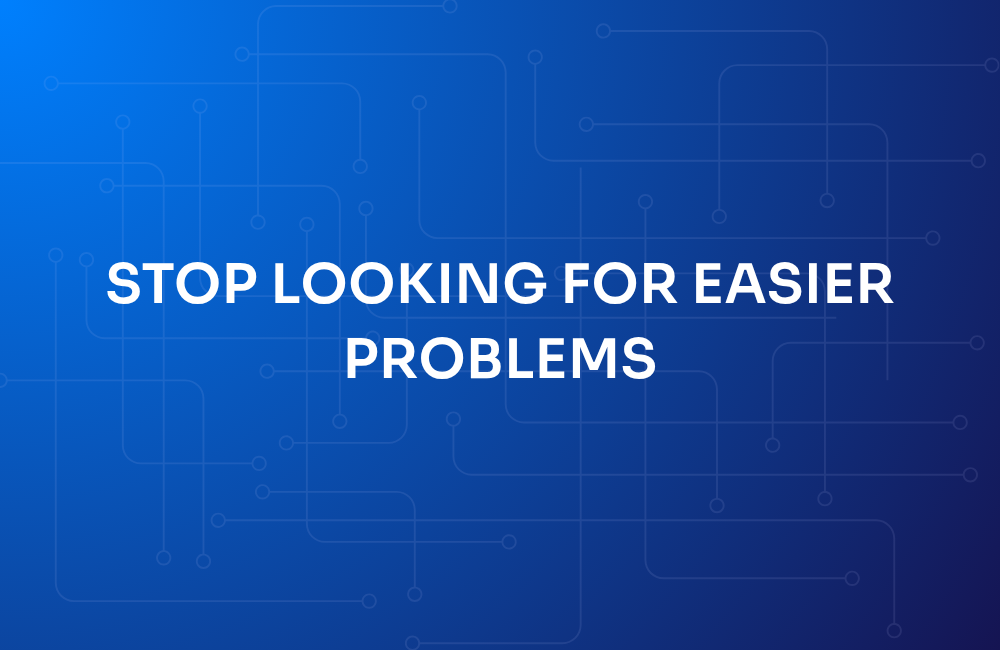
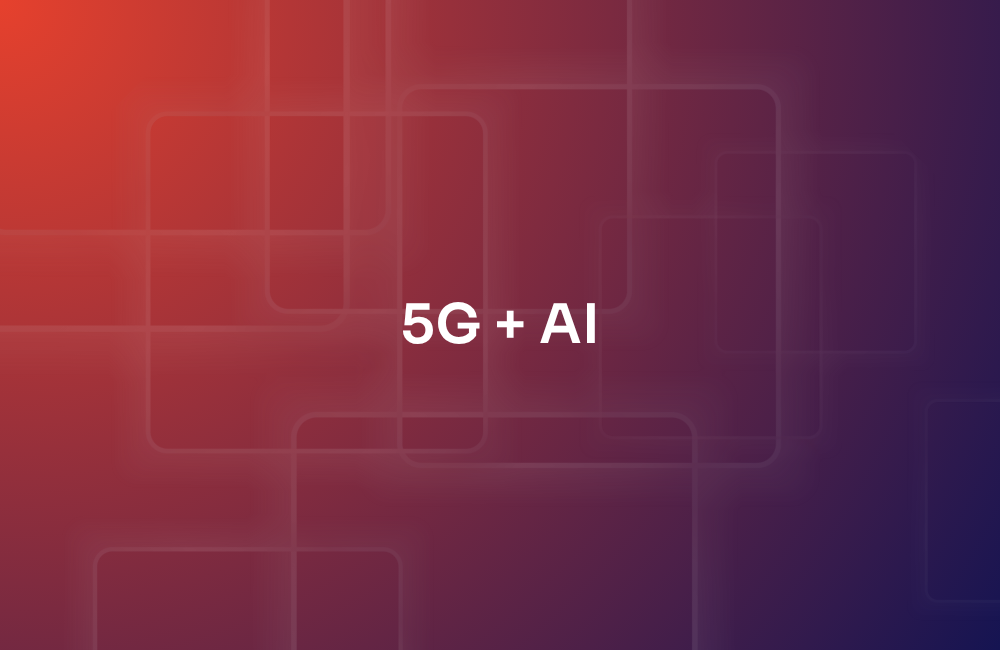
.png)
.png)

.png)


.png)
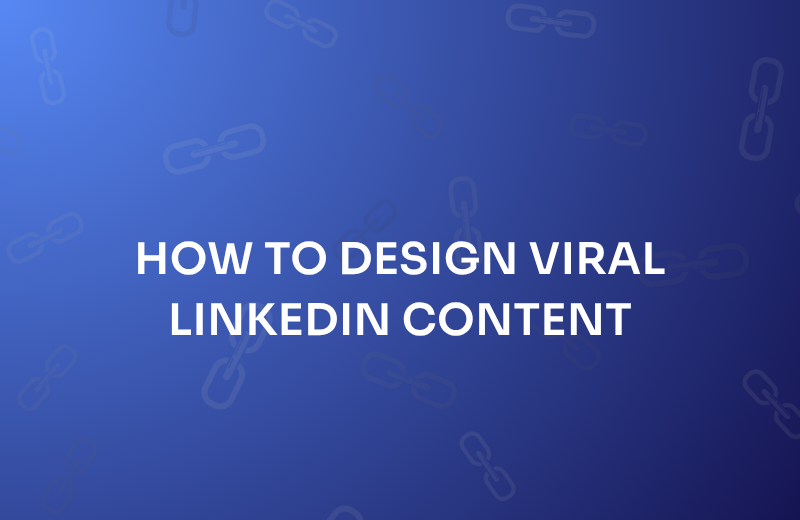
.png)
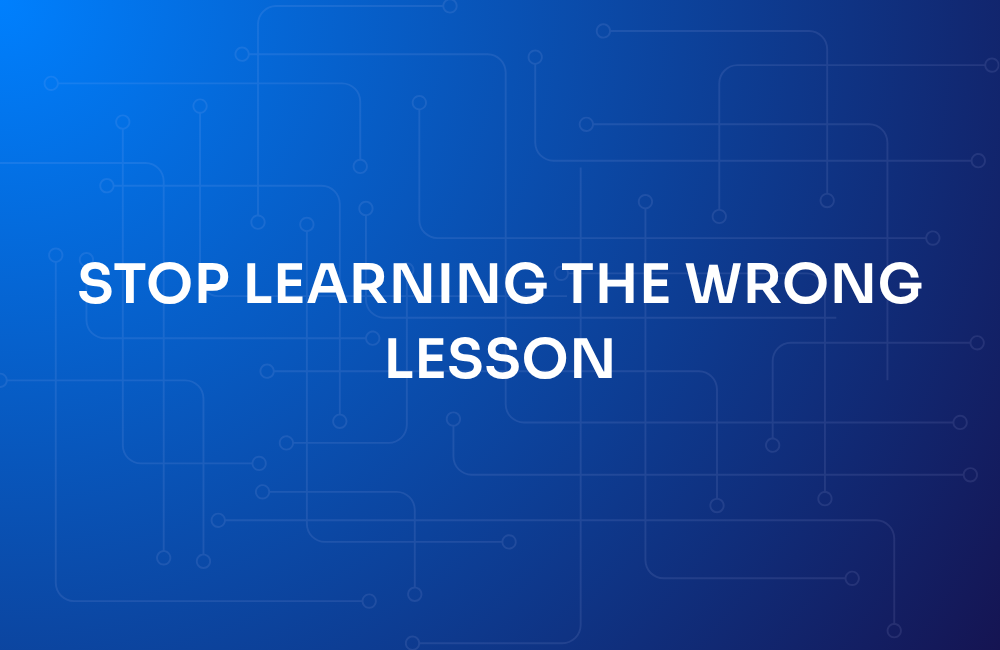
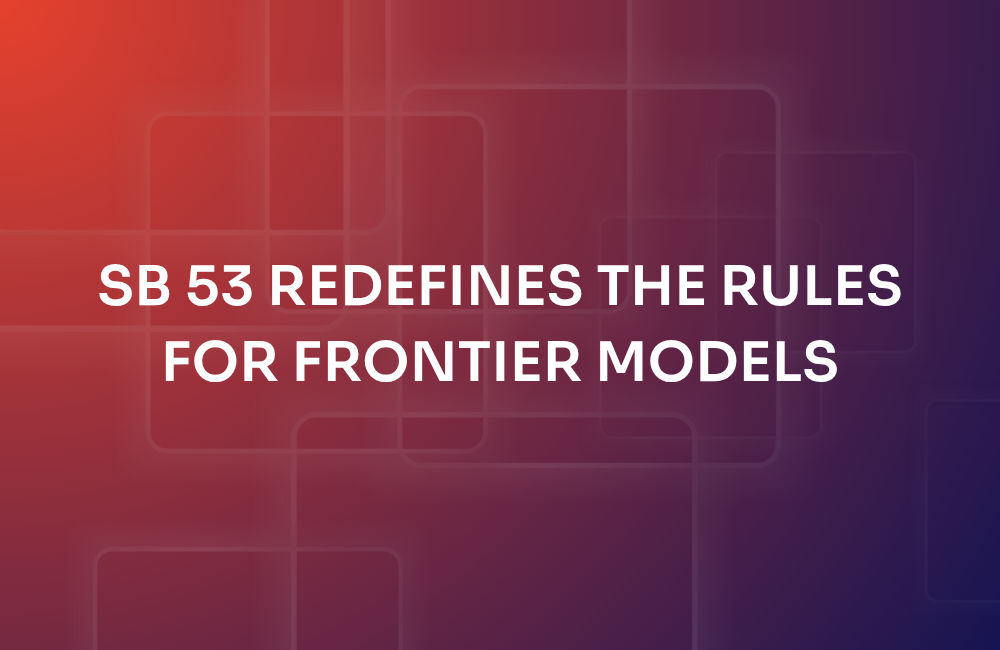
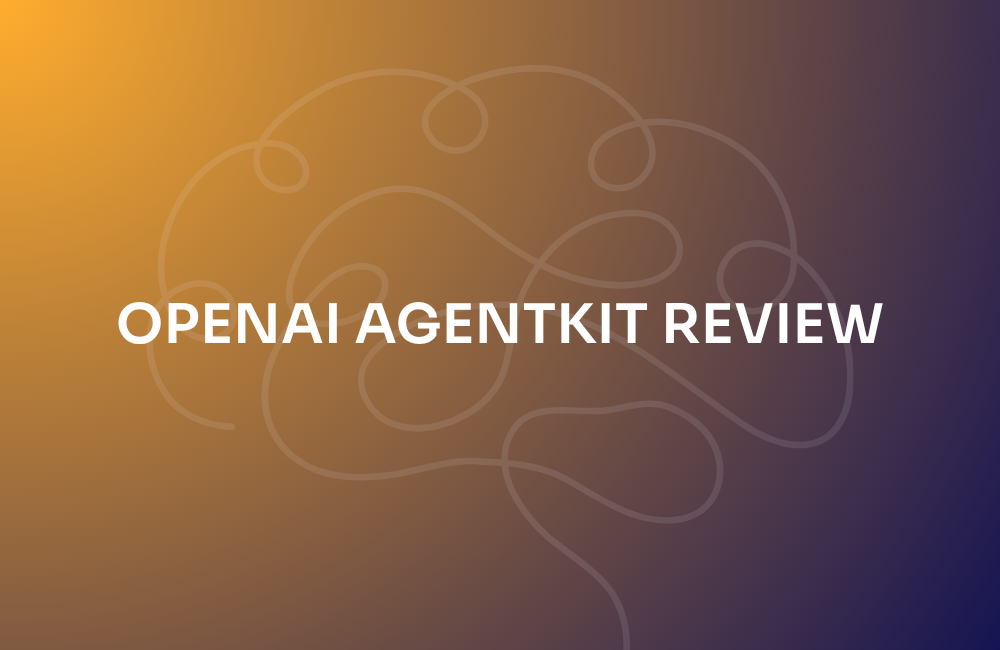
.png)
.png)
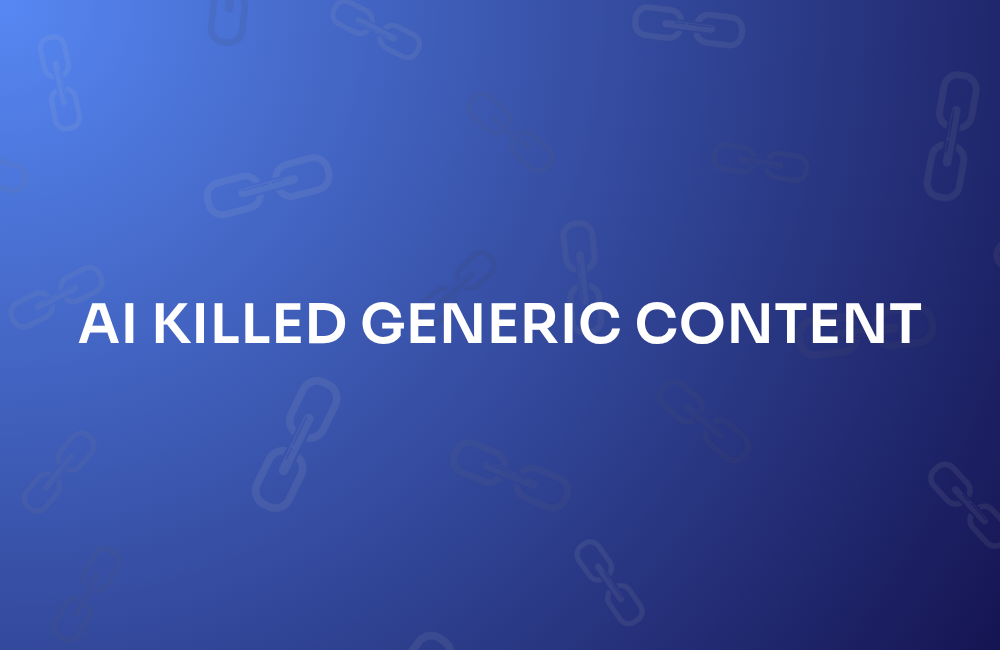
.png)
.png)
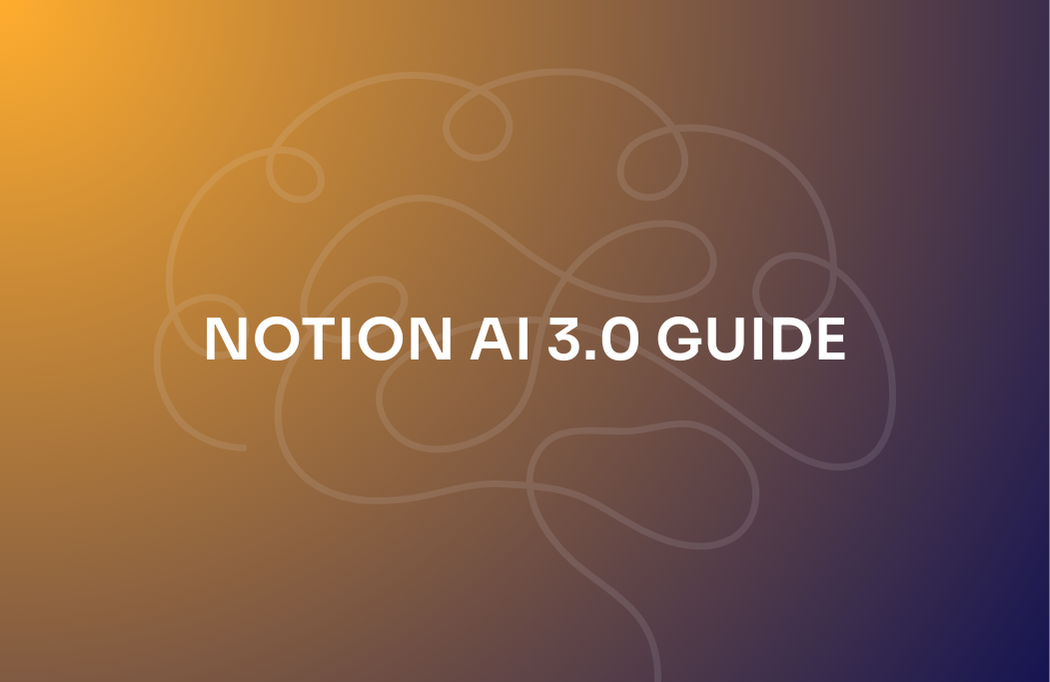
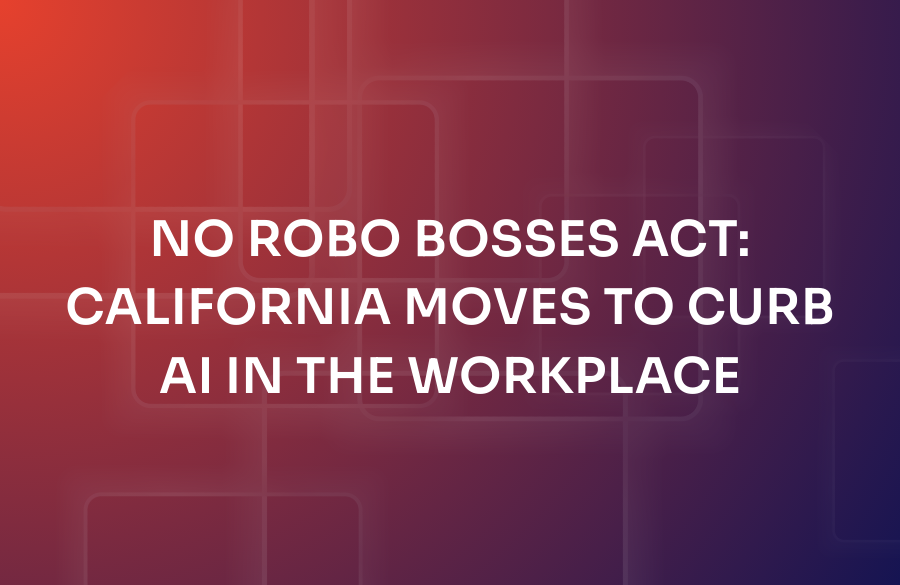
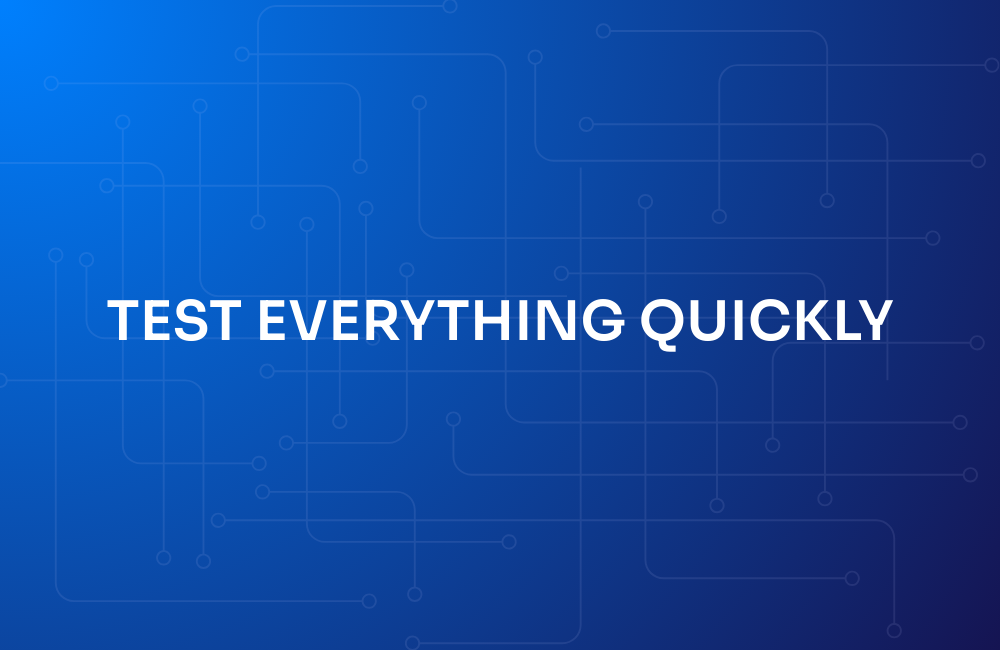
.png)
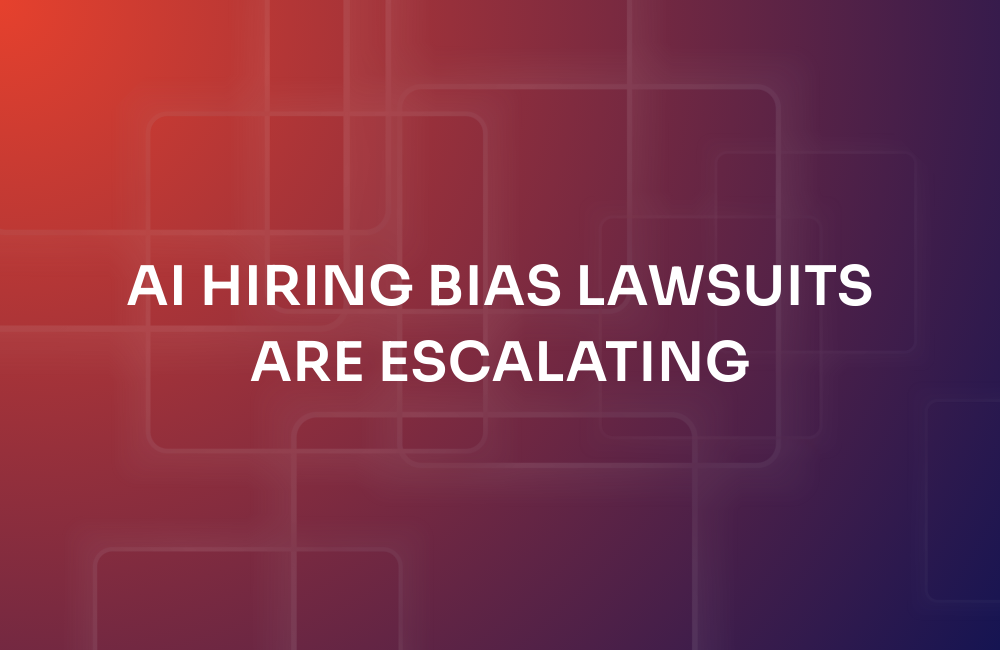
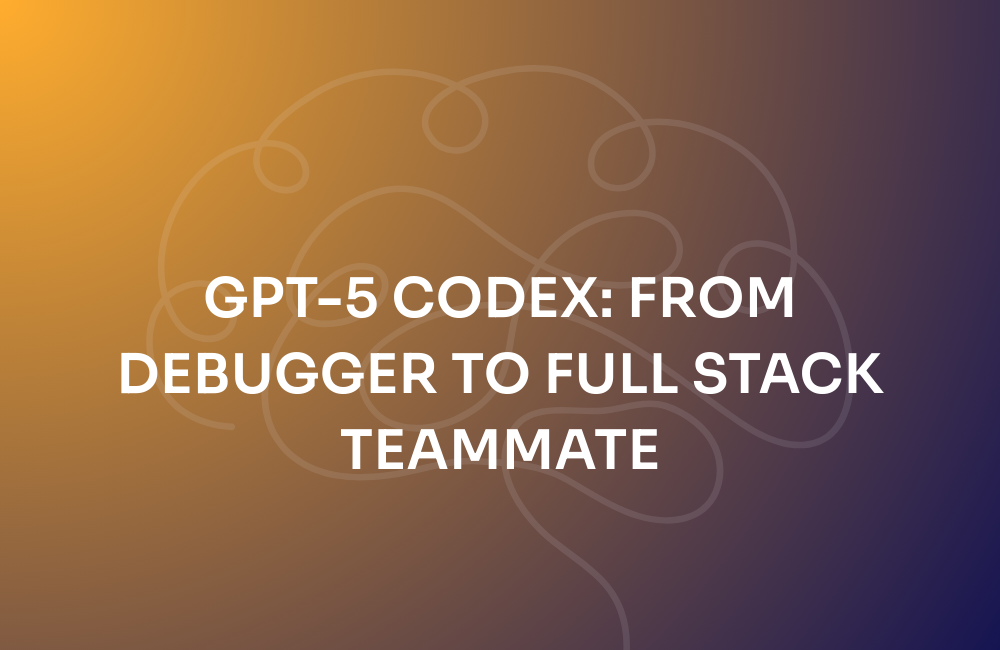
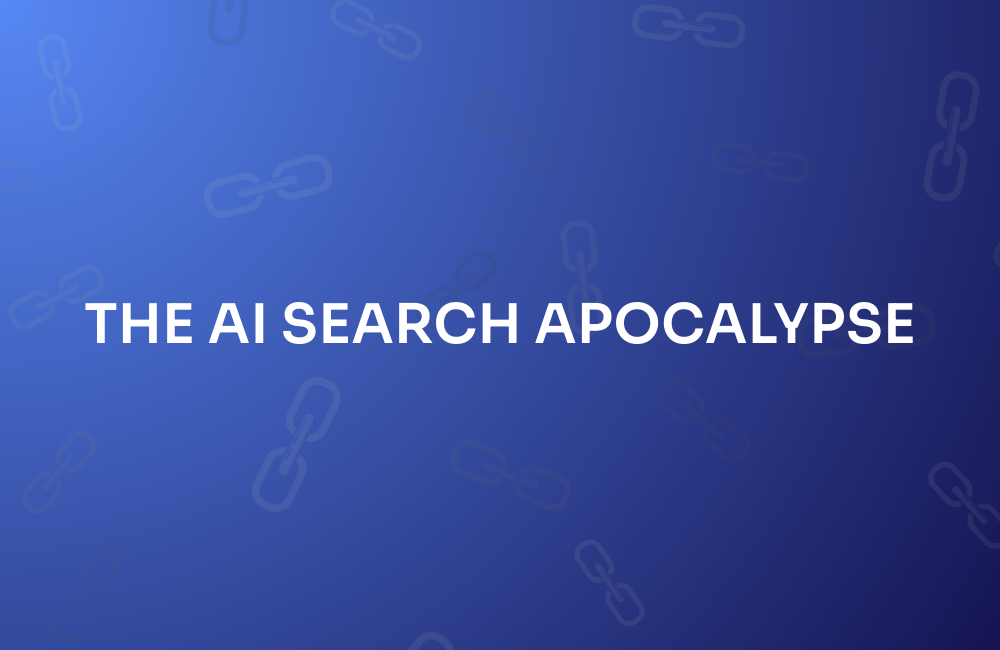
.png)
.png)
.png)
.jpg)


.png)
.png)
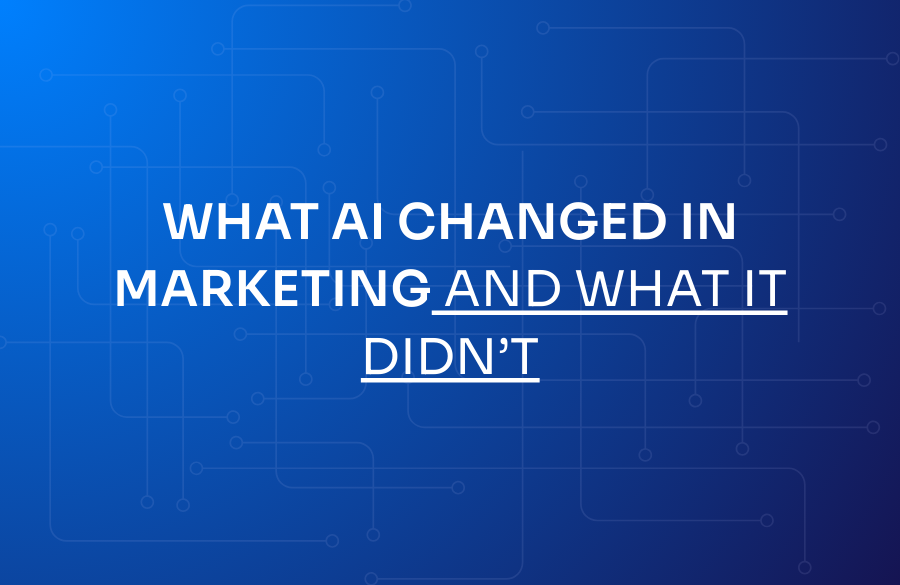
.png)
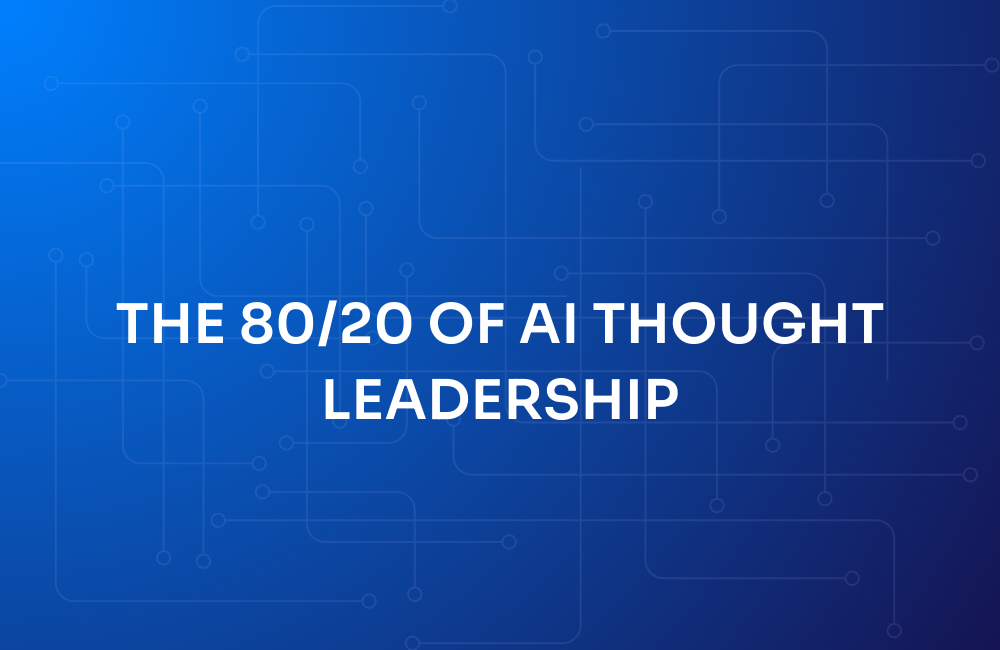
.png)
